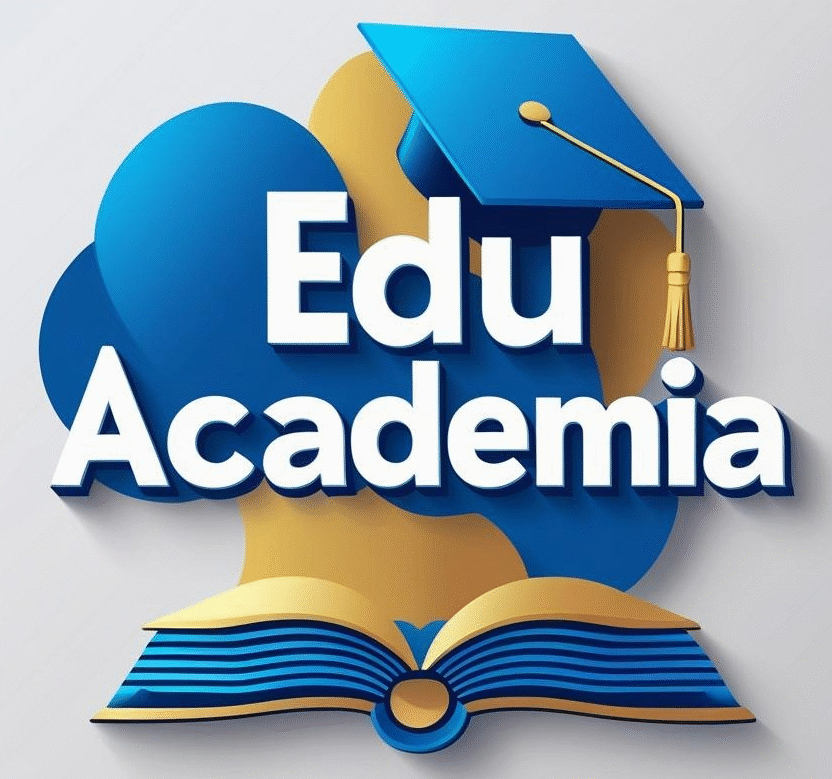Introduction
nnnnIn an increasingly digital world, traditional teaching methods are often complemented or even replaced by innovative approaches. Among these, games as a teaching pedagogy stand out as one of the most effective and engaging ways to enhance learning. This pedagogical method leverages the natural human inclination towards play to facilitate learning, improve student engagement, and foster a deeper understanding of educational content. This article explores the significance of games in education, the different types of games used, their benefits, and how they can be integrated into various educational settings.
nnnnThe Concept of Games as Teaching Pedagogy
nnnnGames as teaching pedagogy refer to the use of game-based learning (GBL) in educational environments. This approach involves incorporating elements of games—such as competition, challenges, rewards, and interactive environments—into the learning process. The idea is to make education more interactive and enjoyable, thereby increasing students’ motivation and participation.
nnnnThe pedagogical approach is grounded in the belief that learning should be an active process where students are engaged and invested in the material. Games provide a dynamic and immersive environment where learners can experiment, fail, and try again, promoting a growth mindset and a deeper understanding of concepts.
nnnnTypes of Games Used in Education
nnnn- n
- Digital Games: These include video games, simulations, and educational software designed for various subjects. Digital games can be single-player or multiplayer, and they often incorporate complex scenarios that require problem-solving, critical thinking, and collaboration. nnnn
- Board Games: Traditional board games can be adapted for educational purposes. Games like chess, Scrabble, and Monopoly can be used to teach strategic thinking, vocabulary, and financial literacy, respectively. nnnn
- Role-Playing Games (RPGs): In RPGs, students assume the roles of characters in specific scenarios. This type of game is particularly effective in teaching subjects like history, literature, and social studies, as it encourages students to explore different perspectives and engage with the material in a meaningful way. nnnn
- Puzzles and Brain Teasers: These games help develop cognitive skills such as problem-solving, logical reasoning, and spatial awareness. They are often used in subjects like mathematics and science. nnnn
- Physical Games: Incorporating physical activity into learning, these games are often used in early childhood education and physical education classes. They help develop motor skills, teamwork, and social interaction. n
Benefits of Using Games in Education
nnnn- n
- Enhanced Engagement: Games capture students’ attention and keep them engaged for longer periods. The interactive nature of games makes learning fun and less monotonous compared to traditional methods. nnnn
- Improved Retention: When students learn through games, they are more likely to remember the material. The hands-on experience and repeated practice help reinforce knowledge. nnnn
- Development of Critical Thinking and Problem-Solving Skills: Games often present challenges that require students to think critically and develop strategies to overcome obstacles. This not only enhances their cognitive abilities but also prepares them for real-world problems. nnnn
- Collaboration and Teamwork: Many educational games require students to work together, fostering collaboration and communication skills. This is particularly beneficial in preparing students for team-oriented work environments. nnnn
- Personalized Learning: Games can be tailored to individual learning styles and paces. Adaptive learning games, for instance, adjust their difficulty based on the learner’s performance, ensuring that each student is challenged appropriately. nnnn
- Immediate Feedback: Games often provide instant feedback, allowing students to understand their mistakes and correct them in real-time. This immediate reinforcement is crucial for effective learning. n
Integrating Games into Educational Settings
nnnn- n
- Curriculum Design: Educators can integrate games into the curriculum by aligning them with learning objectives. For example, a history teacher might use a strategy game set in a historical period to teach about significant events and their consequences. nnnn
- Blended Learning: Games can be used alongside traditional teaching methods in a blended learning environment. This allows teachers to reinforce concepts through games while still covering the necessary curriculum. nnnn
- Gamification: Beyond using actual games, gamification involves applying game elements (such as points, badges, and leaderboards) to non-game contexts. For instance, a teacher might gamify classroom participation by awarding points for correct answers and good behavior. nnnn
- Assessment and Evaluation: Games can also be used as assessment tools. Instead of traditional tests, educators can assess students’ understanding through their performance in educational games. This method can reduce test anxiety and provide a more accurate measure of a student’s abilities. nnnn
- Professional Development for Teachers: For successful implementation, teachers must be trained in using games as a teaching tool. Professional development programs can help educators understand the benefits, select appropriate games, and effectively integrate them into their teaching practices. n
Challenges and Considerations
nnnnWhile the benefits of using games in education are numerous, there are also challenges to consider. These include:
nnnn- n
- Accessibility: Not all students may have access to the necessary technology or resources to participate in digital game-based learning. nnnn
- Overemphasis on Entertainment: There is a risk that the entertainment aspect of games may overshadow the educational content. Educators must carefully select games that balance fun and learning. nnnn
- Time Constraints: Integrating games into the curriculum can be time-consuming, both in terms of planning and execution. Teachers must ensure that games enhance learning rather than detract from instructional time. nnnn
- Assessment and Evaluation: Measuring the effectiveness of game-based learning can be challenging. Traditional assessment methods may not fully capture the skills and knowledge gained through games. n
Conclusion
nnnnGames as teaching pedagogy represent a powerful tool in modern education, offering a dynamic and engaging way to enhance learning. By incorporating games into the classroom, educators can create a more interactive and enjoyable learning experience that fosters critical thinking, collaboration, and personalized learning. However, successful integration requires careful planning, appropriate game selection, and ongoing professional development for teachers. As education continues to evolve, games will undoubtedly play a significant role in shaping the future of learning
n